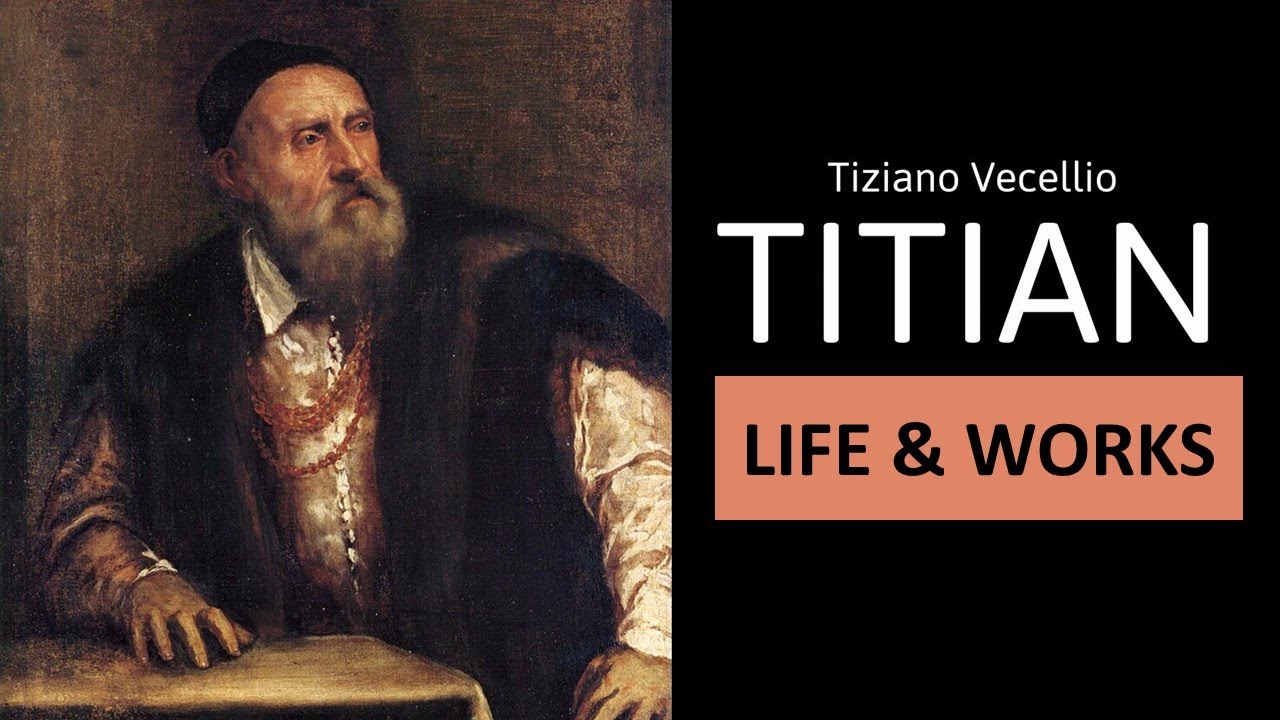
Robert Draws – Titian’s legacy is undeniably one of the most profound in the history of Renaissance painting. He is often regarded as the greatest painter of the Venetian school. His works reflect a masterful understanding of color, light, and human emotion. Among his masterpieces, the painting Venus of Urbino stands out as one of his most iconic works. This painting captures both the sensuality and grace of the human form, representing an important shift in how nudes were portrayed in art.
Venus of Urbino was painted in 1538 for the Duke of Urbino, Guidobaldo II della Rovere. Titian was commissioned to create this masterpiece, and the result was a breathtaking portrayal of the goddess Venus. Venus, depicted reclining on a divan, gazes directly at the viewer. The use of rich, warm colors, and soft, smooth textures brings the scene to life. The composition invites the viewer into an intimate space, allowing for a personal connection with the subject. This painting also demonstrates Titian’s genius in rendering textures, from the softness of the flesh to the luxurious fabric of the cushions and robes.
Venus of Urbino is not merely a nude painting. It is a work rich in symbolism. Venus, the Roman goddess of love and beauty, embodies the ideals of femininity. The figure’s direct gaze is both inviting and confident, challenging the traditional representations of passive female nudes in art. This approach was revolutionary for its time, as it suggested agency and empowerment for the female subject. Moreover, the painting is believed to symbolize marriage, as Venus is shown in an intimate and relaxed pose, often interpreted as a metaphor for marital love and fidelity.
“Read about: Secrets of the Mona Lisa: What You Didn’t Know About Da Vinci’s Masterpiece”
Before Venus of Urbino, female nudes were typically depicted in religious or mythological contexts, often with a sense of modesty or detachment. Titian’s portrayal of Venus marked a significant departure from these traditions. The sensuality of Venus of Urbino is both subtle and powerful, showing a woman who is confident in her beauty and sexuality. This painting influenced many artists in the centuries to follow, including later works by Rubens and Manet, who drew inspiration from Titian’s use of color and the depiction of the female nude.
One of Titian’s most notable skills was his use of color and light. In Venus of Urbino, Titian uses soft lighting to emphasize the figure of Venus and create a glowing, lifelike presence. The subtle transitions of light and shade on Venus’s body bring out the three-dimensionality of the form. This technique allows the viewer to feel the warmth and softness of her skin. The deep, rich reds and golds of the fabric and the backdrop contrast beautifully with the lightness of Venus’s flesh, highlighting her as the central focus of the piece.
“Read more: Make Thai Tea Like a Pro with This Easy Home Recipe”
Titian’s influence on Renaissance art is immense. His mastery of color and technique set new standards for portraiture. Venus of Urbino contributed significantly to the genre of reclining nudes. This motif was later explored by many artists. The painting combines sensuality with symbolism, allowing for more human-centered depictions of the female form. As a result, it changed how artists approached the female body. Additionally, Venus of Urbino continues to resonate with viewers today. This piece proves Titian’s lasting legacy and influence in the art world.
Titian’s Venus of Urbino remains one of the greatest Renaissance masterpieces. Its innovation in depicting the human form stands out. The emotional depth and striking beauty make it a significant piece in art history. The painting demonstrates Titian’s skill in blending sensuality, symbolism, and realism. Additionally, his work left a lasting impact on art history. It influenced many artists for generations after his death in 1576. Today, Titian continues to receive praise for his technical prowess. Furthermore, he evokes deep emotion through his masterful use of color and form.